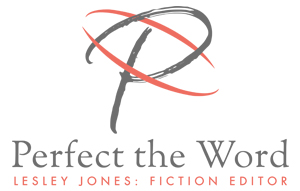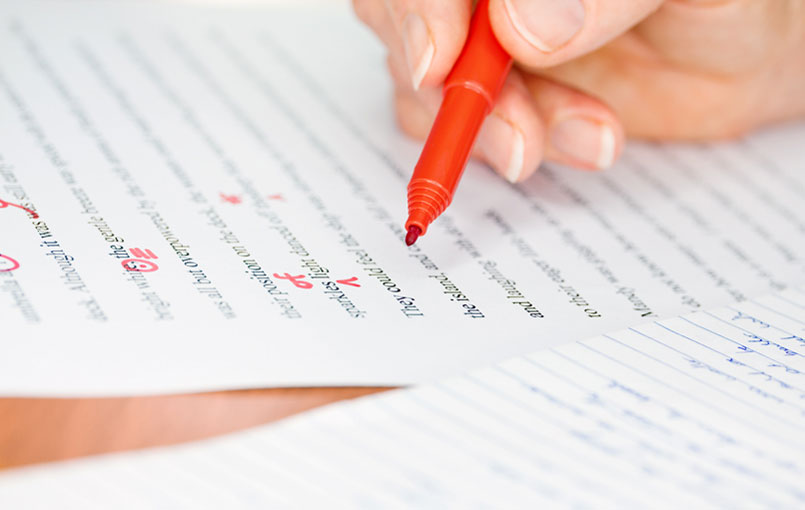What is editing? What are the different levels of editing?
With grateful thanks to Averill Buchanan and her colleagues at EPANI
There are several different types of editorial work you can have done to your text (to confuse matters even more, UK and US/Canadian editors often use different terms to describe the same thing). Here are some of the main types of editorial work, listed in the order in which they follow in the publishing process:
- manuscript assessment (or critique or appraisal)
- development/structural editing
- copy-editing
- proofreading
Manuscript assessment/critique/appraisal is a broad assessment of your manuscript by an experienced reader (often an author or editor) that gives the author objective, honest, constructive feedback. Typically, you will receive a report, ranging in length from two to twenty pages, giving an editorial overview of your manuscript, pointing out its weaknesses and strengths, any inconsistencies, where improvements can be made and offering advice on the best publishing route to take. The report will look broadly at things like structure, style, characterisation, pace, dialogue, etc. but the reader will not work on the text itself.
Development editing (also called substantive, structural or heavy editing) is the most extensive (and expensive) type of editing. A development editor works on the text itself and looks at the big picture to suggest (or make) revisions that improve the text as a whole. In a novel, for example, the development editor will draw attention to structural issues, plot holes, unconvincing characterisation, clumsy writing and bad pacing. Chapters, paragraphs and/or sentences may need to be moved around, deleted, added or rewritten. The editor may rewrite/rework the manuscript themselves (with the author’s agreement). Alternatively, they may give detailed advice for the author to follow. A development editor may also produce chapter outlines, plotting timelines and character summaries to pass on to the author to help them take the text to the next stage in the process.
Copy-editing gets down to the nitty-gritty of the text. This is your last chance to improve your text. The copy-editor makes everything consistent (all British English spelling, for example) and corrects problems of spelling, grammar, punctuation, syntax, style, repetition, word or phrase overuse, and appropriate vocabulary. With non-fiction books, the copy-editor is often also responsible for checking facts and citations, footnotes/endnotes and bibliographies, and for cross-checking references, figures and tables.
For a more detailed description of the copy-editing process, see the SfEP’s Frequently Asked Questions about Copy-editing.
Proofreading is the lightest form of editing and usually comes last in the production process, once the text has been copy-edited, formatted and paginated, and just before the text is published. The proofreader checks for errors only, correcting those that have been missed (or introduced) at the copy-editing stage – spelling, grammar and punctuation. If a text is revised as a result of a proofread (even if only small parts are re-written), a second (or even third) proofread is advisable. A final proofread should find no errors at all.
For a more detailed description of the proofreading process, see the SfEP’s Frequently Asked Questions about Proofreading.


